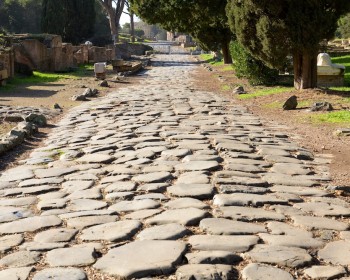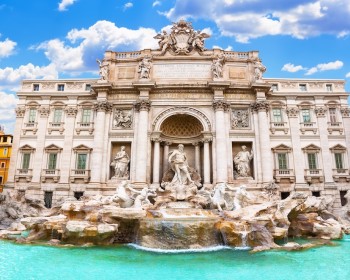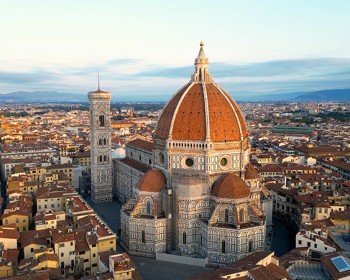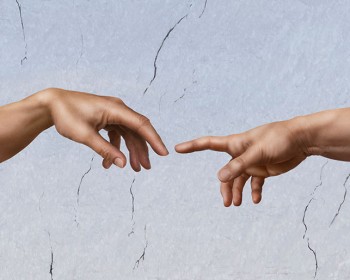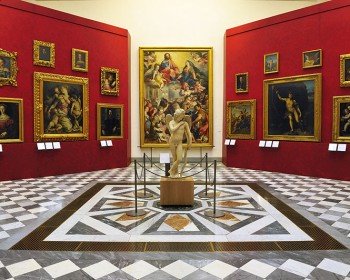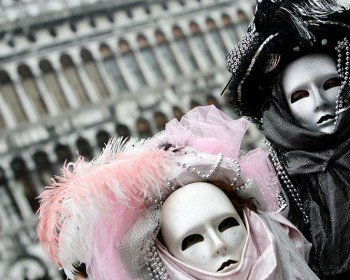Pompeii was an ancient Roman city located in the South of Italy exactly in the modern Naples area. In 79 a.D. it was buried under 4 to 6 metres of volcanic ash and pumice in the eruption of Mount Vesuvius. Many of the inhabitants also were buried before they even could try to escape.
This place was eventually lost until a Spanish engineer tried to act abroad rediscovery.
Thanks to the lack of moisture and air the site have been preserved until now and all the artefacts can provide an extraordinary insight into the life of the city at that time.
A lot of stories have been created by this historical event, and sometimes it is difficult to distinguish between what really happened and what has been created through the years by popular beliefs.
Let's start!
-
When Pompeii was destroyed?
People believe that Vesuvian eruption can be dated back on August the 24th of 79 a.D. This date has been deduced from a letter written from Pliny the Younger (lawyer, author, and magistrate of Ancient Rome) to Tacitus (senator and historian of the Roman Empire), in which the former described the death of his uncle during the eruption he was observing from a distance. In this letter Pliny talks about "nonum kal. September": nine days before the calends or the 1st of September, that is to say the 24th of August. Recently some archaeologists found out that this date can be postponed. Thanks to a recovered coin, on which there were some references to Titus acclaim occurred in September of 79, and due to some elements like dried fruits and braziers used to warm the locations, the eruption can be dated two months later, October the 24th.
-
About the Vulcan: which Vulcan destroyed the city?
It is a cliché that the Vesuvius was seen as something scary, huge and threatening. It was just a common mountain rich in woods and vineyards. A natural gift more than the awful killer it would have revealed to be. It was generally believed that the Vesuvius had some kind of holy origin, devoted to Hercules its names probably derives from the Greek version “of son of the man who makes it rain” or Zeus, Hercules’ father. Actually, it seems that the Vulcan responsible for the destruction of the city was the Somma Mountain also known as Vesuvius from Romans. Just after its eruption, the modern Vesuvius started to grow to get 1281 metres as it is now.
-
Frescoes in Pompeii
In Pompeii, like in the present cities, drawings and graffiti adorning the walls all around the city. While having a walk through the ruins you can admire thousands of engravings made by the inhabitants: advertisements, manifests in which the owners of small shops suggested who to vote for, poetic sentences, rumors and insults as well. Like an ancient social network! Looking at the frescoes, sometimes representing erotic pictures, you can imagine Pompeii like the modern Amsterdam, but actually there was just one brothel in the city, the “Lupanare”, two floors building in which the walls, covered in erotic frescoes, described to people what happened inside it, and you can read everywhere signs about the prices and the virtues of the local prostitutes.
-
Successful women
Even if in the Roman era getting married was considered the most important goal in life, Roman women and especially the ones from Pompeii, were free to take part in the social life leading activities we would indicate like a business. A lot of them spent their time studying and some others, due to the fact that men left their houses and fought in wars, accumulated money and prosperity. At that time everybody knew Giulia Felice, astute and cunning she knew how to exploit the earthquake of the 62 d. C. for personal gain. She bought lots of properties that she turned into those we would call modern bed&breakfast becoming one of the most influential characters in the city, until its last days. After all emperor Nero's wife Poppaea came from Pompeii and became the Empress of Rome!
-
Casts in plaster
It is generally believed that people who died during the Pompeii catastrophe perished due to asphyxiation, but recent studies have demonstrated that a big cloud made by pyroclastic debris caused the death of most people. Casts in plaster provide us with reconstructed bodies that allow us to observe and feel the tragedy and give us an actual idea about the everyday life in Pompeii. These casts are made filling with plastic the voids in the solid hash once the human and animal bodies decompose giving gruesome images in people last moments.
When you visit Pompeii it is impossible not to get struck by the humanity that still lives there. The archaeological site gave back to us a buried world still intact and preserved.
As Goethe wrote in his work "Italian journey" in the world a lot of disasters have happened, but few of them procured so much joy to the posterity. It is difficult to see something more interesting (than Pompeii). Everybody should visit Pompeii to feel the history and the culture from the past still living in the present.



